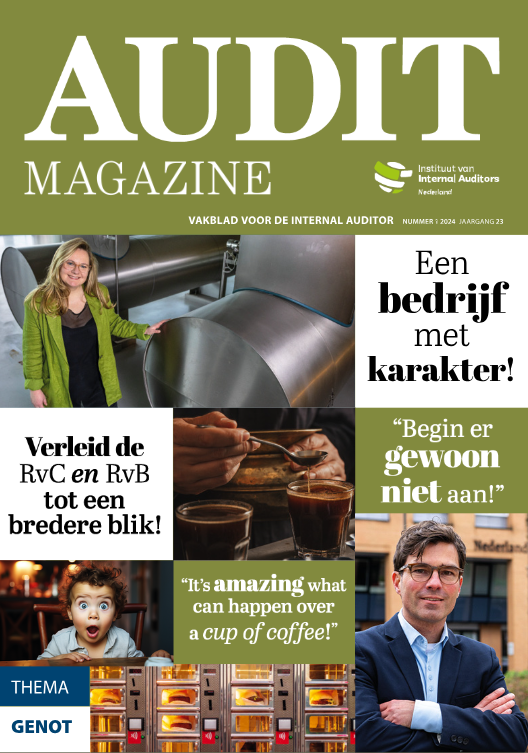Auditing risk: sexual harassment #MeToo
Into the Light
#MeToo is shining a light on the harassment women have faced in the workplace for decades and have been afraid to report.
When the dust settles, disgraced movie mogul Harvey Weinstein may actually end up helping women in the workplace. More than 85 women have come forward with their stories of sexual harassment and sexual assault at the hands of Weinstein, including retaliation in the form of blacklisting them from acting jobs for rejecting his advances.
The Weinstein scandal has become a social media firestorm that has propelled a movement — #MeToo — thousands of tweets, Instagram posts, and press conference comments, raising the profile of sexual harassment on legislative agendas and in corporate boardrooms. Publicity around the topic is drawing attention to the risks harassment represents and the processes companies implement to manage those risks — areas where internal auditors are key players in their organizations’ harassment prevention and mitigation efforts.
A shift in response
Is the definition of sexual harassment changing? Betty McPhilimy, retired chief audit executive (CAE) at Northwestern University in Evanston, Ill., says no. Rather, "clarity is setting in." Personal workplace priorities haven’t changed, either, she adds: "Everyone wants to be treated with respect."
Brian Koegle, a partner in the employment and labor law department of the Los Angeles office of Poole & Shaffery LLP, agrees. "Legally speaking, the definition of harassment in the workplace has not changed," he says. "It does evolve, but there have been no material changes to the definition or to how it’s interpreted under federal or state law for the better part of 15 years."
What’s recently changed is the mix. "From the late 1980s until about 10 months ago, the most prevalent legal claims involved harassers creating hostile work environments," Koegle says. "But now the overt, obscene cases are coming up more frequently, which we hadn’t seen for years until the Weinstein scandal broke." He attributes this to the empowerment movement the scandal has spawned, where "women are feeling strong enough to come forward and say what’s actually happening after decades of fearing being blackballed." The change, he adds, is especially evident in Hollywood, where there’s a groundswell of support. "It’s a social norm shift, rather than a legal shift."
"Corporate response is changing, with more attention and responsibility focused on harassment issues and policies," says Bettina Deynes, chief human resources officer at the Society for Human Resource Management, in Alexandria, Va. "The acceptance of primary responsibility for policy and enforcement by management is also increasing." Human resources, she adds, must "create and publish policies that are clear and effective and that have strict penalties for unacceptable behavior." It also must be simpler and less intimidating to report incidents of sexual harassment. "It’s a necessity," she stresses, because "the risks of sexual harassment — lawsuits, internal conflicts, and employee terminations — are increasing."
Cases are climbing
While the U.S. Equal Employment Opportunity Commission (EEOC) has not reported a surge in the number of harassment claims, Koegle says that it’s been exactly the opposite. "We’ve conducted more workplace investigations in the last four months than in the last five years, and we’re seeing more written in journals on harassment," he says. There may be an explanation for the EEOC’s numbers, according to Robin Shea, an attorney with the Encino, Calif., firm Constangy Brooks Smith & Prophete LLP. In a blog post, Shea says the EEOC reporting period ended Sept. 30, before #MeToo gained prominence. "Brace yourself for 2018," she says in the blog. "Retaliation was the most common claim in 2017, and prelitigation monetary relief in harassment charges was at its highest since 2010."
As women read more #MeToo stories, some may realize that an incident in their past — that at the time they felt was inappropriate — was, in fact, sexual harassment. Social media is causing the estimated 85 percent to 95 percent of women who don’t report the incident when it happens to reflect and come forward with their own stories. "I look back and I’m dumbfounded that I didn’t leave or tell someone," says Tori Reid, a West Hollywood, Calif.-based actress, writer, and producer who grew up in a show business family. "I didn’t have kids to raise. I wasn’t desperate to keep the job. I guess I didn’t realize it was harassment. On a certain level, in the back of your mind, it’s the way we’ve known the entertainment workplace to be." She avoided the worst of it. "Sixty percent of the work was making sure my boss didn’t put his hands on me," she says. "I was dodging and ducking." This year, she participated in the #MeToo unity demonstration at the Golden Globe Awards.
Harassment victims have testified about "slaps on the butt, repeated comments about breast size, and requests for sex," a Kaiser Health News report found. And men are victims, too. A 1998 U.S. Supreme Court ruling in Oncale v. Sundowner Offshore Services Inc. said same-sex harassment of both sexes is actionable, and juries have held women responsible for harassing men.
What's at risk
Regardless of gender, this behavior has "a cumulative long-term negative impact on performance," says Ed Lynch, assistant professor in the Department of Accounting at California State University at Fullerton’s Mihaylo College of Business and Economics. According to the Washington, D.C.-based National Women’s Law Center (NWLC), "victims suffer profound economic and emotional harm" — and its physical manifestations. Up to 70 percent of women and 45 percent of men have experienced harassment, University of Maine sociologist Amy Blackstone recently told livescience.com. Many victims feel selfdoubt that turns into self-blame, which then turns into depression — and, for some women, post-traumatic stress disorder. Harassment has been tied to a range of stress-like physiological reactions, including sleep disturbances, neck pain, increased risk of cardiovascular disease, and, in extreme cases, increased risk of suicide.
Download the PDF 'Into the light'
Read 'Into the light' online







